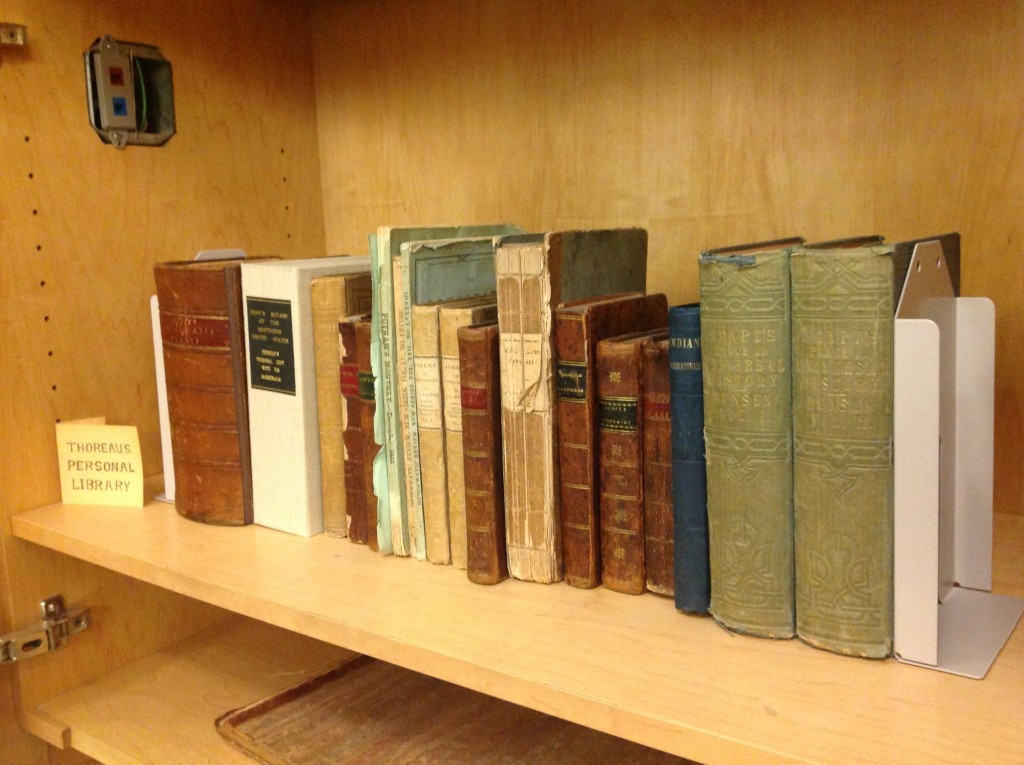By Corinne H. Smith
Last month, as described in a story posted here on February 15th, graphic designer Matt Steel launched his Kickstarter campaign to publish a New Walden. His intent was twofold: to adapt Thoreau’s original text with updated language; and to use design to present a more readable and more attractive book. He knew his approach could be misunderstood at first and could also be seen as controversial. Although he got good press and immediate contributors during the first week, he also got a lot of quick, negative feedback.
“I felt I couldn’t ignore it,” Matt said. “And it came from people from all over, from readers and writers of all ages. Not just from The Thoreau Society members and academics. It became clear to me that adaptation was NOT the best way to keep this book evergreen.” He agreed that perhaps he had been a bit overzealous with his initial plan.
As a result, Matt has revised the goals of his project. He will NOT change Thoreau’s words. He will still design a beautiful, easier-to-read version of “Walden.” “Even people who were against the idea of adaptation, thought my design was beautiful,” he said. The font he is using is a tribute to Thoreau too, and one that calls upon the family’s roots. “It’s more Huguenot, with a French boldness,” he explains.
Matt will additionally focus on including annotations intended to help lay readers understand some of the now-uncommon references. The notes won’t be as scholarly as the ones found in the three previous annotated Waldens. And he won’t use footnotes, either. Each description will appear in the margin adjacent to the text it applies to. “Superscripts seem biblical or encyclopedic,” Matt said. With proper note placement, no one will have to search for answers. He sees the value of this edition in its overall design and readability.
To Matt’s knowledge, no other Kickstarter campaign has changed its course in mid-campaign. How did his early backers react to the news? “70% said they would stick with us if we made the change,” he said. “About 40% still preferred the idea of the adaptation.” He went along with the majority decision. He hopes that some of the people who were at first put off by the project will come back and become part of it. To date, only about 25% of the dollars have been committed. His fundraising drive is scheduled to end on March 17, 2016.
What will happen if the New Walden isn’t fully funded? “I’ll have to think of the next step,” said Matt. “I won’t be done with Henry. But I may take a break to reflect and refocus. I continue to admire Thoreau’s complexities and his ability to consider both sides of an issue.” He’ll keep “Walden” and Thoreau close in his life, no matter what the outcome turns out to be.
You can visit Matt’s Kickstarter page and see his updated video and description at:
https://www.kickstarter.com/projects/2001070129/the-new-walden


